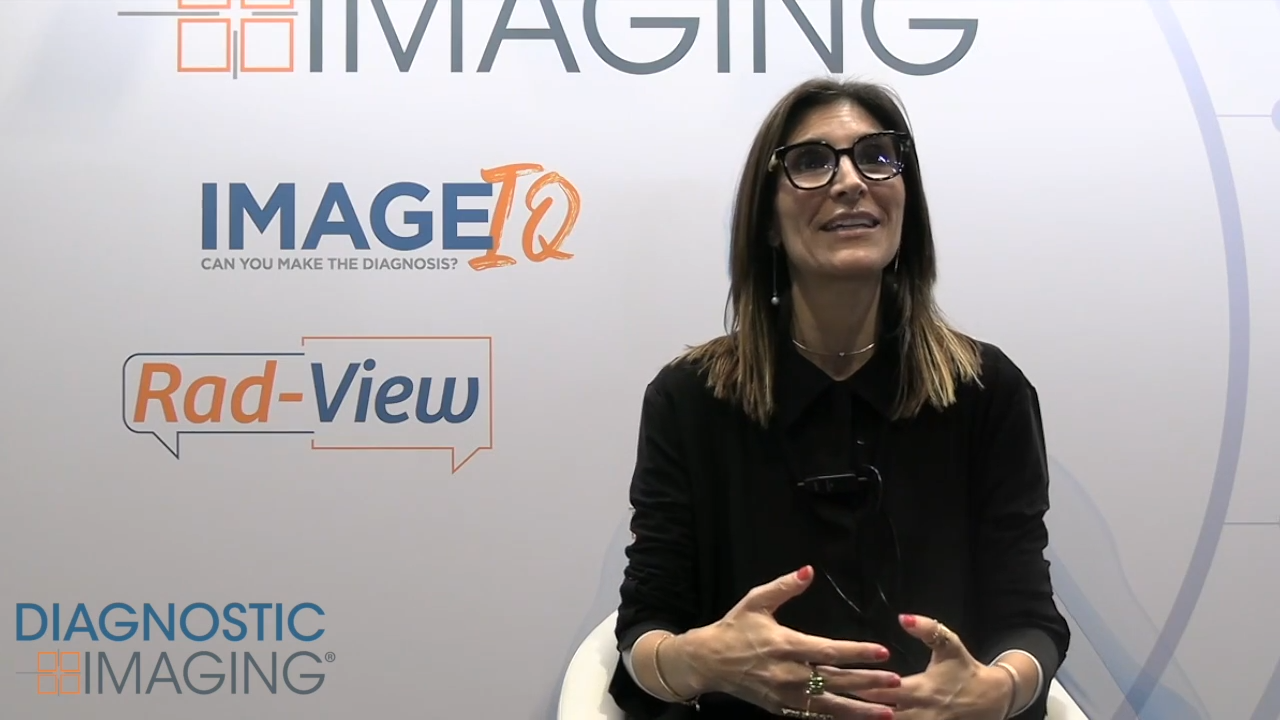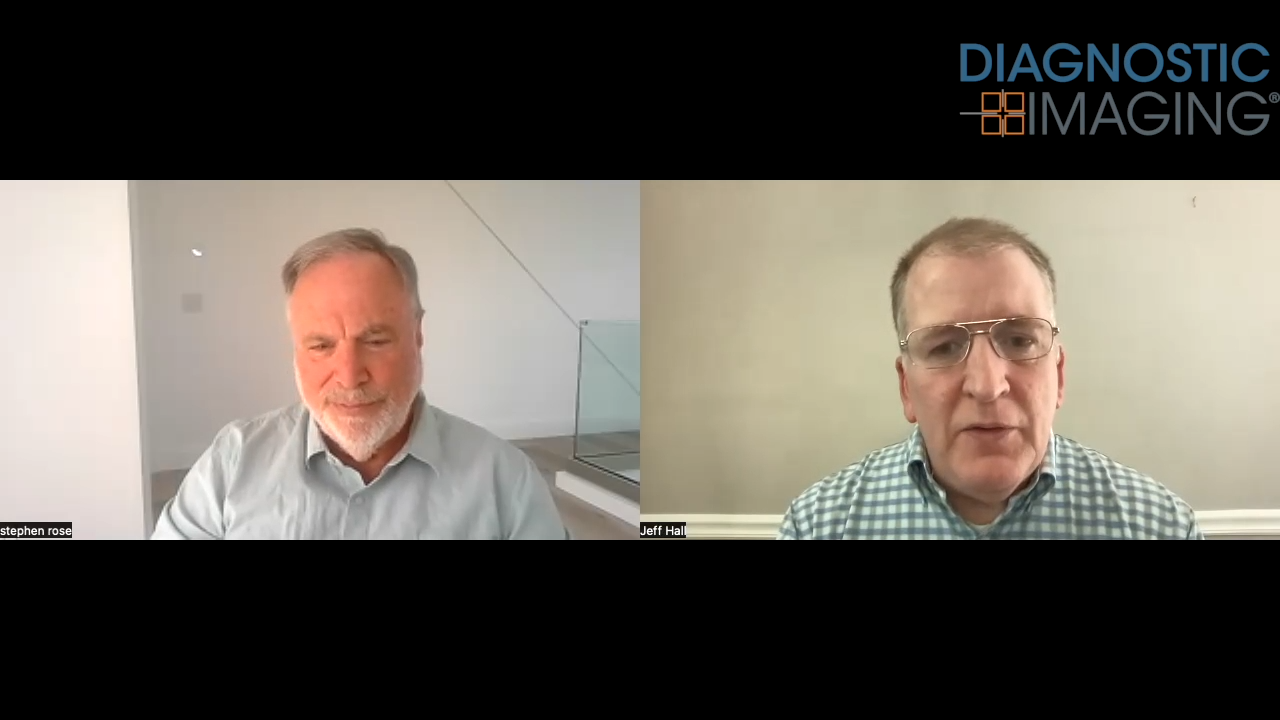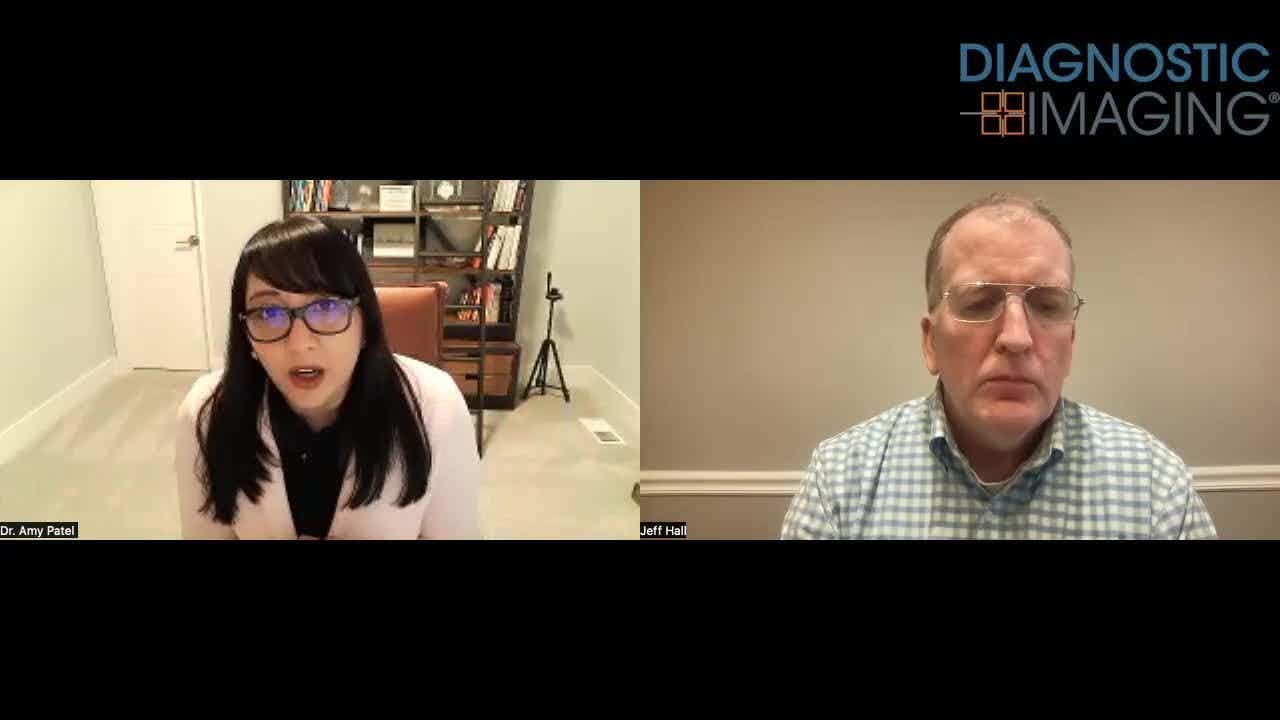BI-RADS 3 Breast Lesions Have Low Malignancy Rate
Breast lesions rated as category 3 (BI-RADS) on ultrasound could wait 12 months for re-evaluation.
Breast lesions rated as category 3 of the Breast Imaging-Reporting and Data System (BI-RADS) on ultrasound could wait 12 months for re-evaluation, sparing unnecessary anxiety and testing, according to a study published in the journal Radiology.
Ultrasounds are increasingly common following screening mammographies, particularly among women with dense breast tissue. While ultrasounds can detect more cancers, they also often result in additional testing and possibly unnecessary biopsies. Current guidelines suggest that women with BI-RADS 3 lesions be monitored with additional imaging at six, 12, and 24 months.
Unnecessary additional testing can cause patient anxiety and add to healthcare costs. To address this issue, researchers from Northeast Ohio Medical University in Youngstown analyzed data obtained from the American College of Radiology Imaging Network (ACRIN) trial 6666, in which both annual mammography and ultrasound screenings were performed on women with dense breasts at 21 sites around the country.
“BI-RADS 3 lesions are common on screening ultrasound and often lead to unnecessary biopsies and additional imaging, causing substantial cost and anxiety for patients,” lead researcher Richard G. Barr, MD, PhD, said in a release. “We wanted to study these BI-RADS 3 lesions to look for ways to perform fewer biopsies without missing breast cancers.”
Barr is a professor of radiology at Northeast University.
Of 2,662 women analyzed, 519 were found to have BI-RADS 3 lesions, 25 percent of all ultrasound-detected lesions in the study. Six were malignant (total malignancy rate of 0.8 percent) and the average size of detected cancers was 10 mm.
The researchers found that only one of the 745 BI-RADS 3 lesions identified showed evidence of suspicious changes at the six-month mark. A second lesion showed changes at the 12-month mark, revealing an invasive breast cancer that had not spread beyond the breast.
The women with BI-RADS 3 lesions were more likely to be younger (under 50 years old), of Hispanic or Latino ethnicity, and premenopausal.
The authors concluded that waiting for 12 months for follow-up may be appropriate, given the study’s findings.
“The cancers detected due to changes at one year had not spread beyond the breast, with similar prognosis if the lesion was biopsied on initial detection,” Barr said.
AI-Initiated Recalls After Screening Mammography Demonstrate Higher PPV for Breast Cancer
March 18th 2025While recalls initiated by one of two reviewing radiologists after screening mammography were nearly 10 percent higher than recalls initiated by an AI software, the AI-initiated recalls had an 85 percent higher positive predictive value for breast cancer, according to a new study.
ECR Mammography Study: Pre-Op CEM Detects 34 Percent More Multifocal Masses than Mammography
February 28th 2025In addition to contrast-enhanced mammography (CEM) demonstrating over a 90 percent detection rate for multifocal masses, researchers found that no significant difference between histological measurements and CEM, according to study findings presented at the European Congress of Radiology.
Study: Mammography AI Leads to 29 Percent Increase in Breast Cancer Detection
February 5th 2025Use of the mammography AI software had a nearly equivalent false positive rate as unassisted radiologist interpretation and resulted in a 44 percent reduction in screen reading workload, according to findings from a randomized controlled trial involving over 105,000 women.










